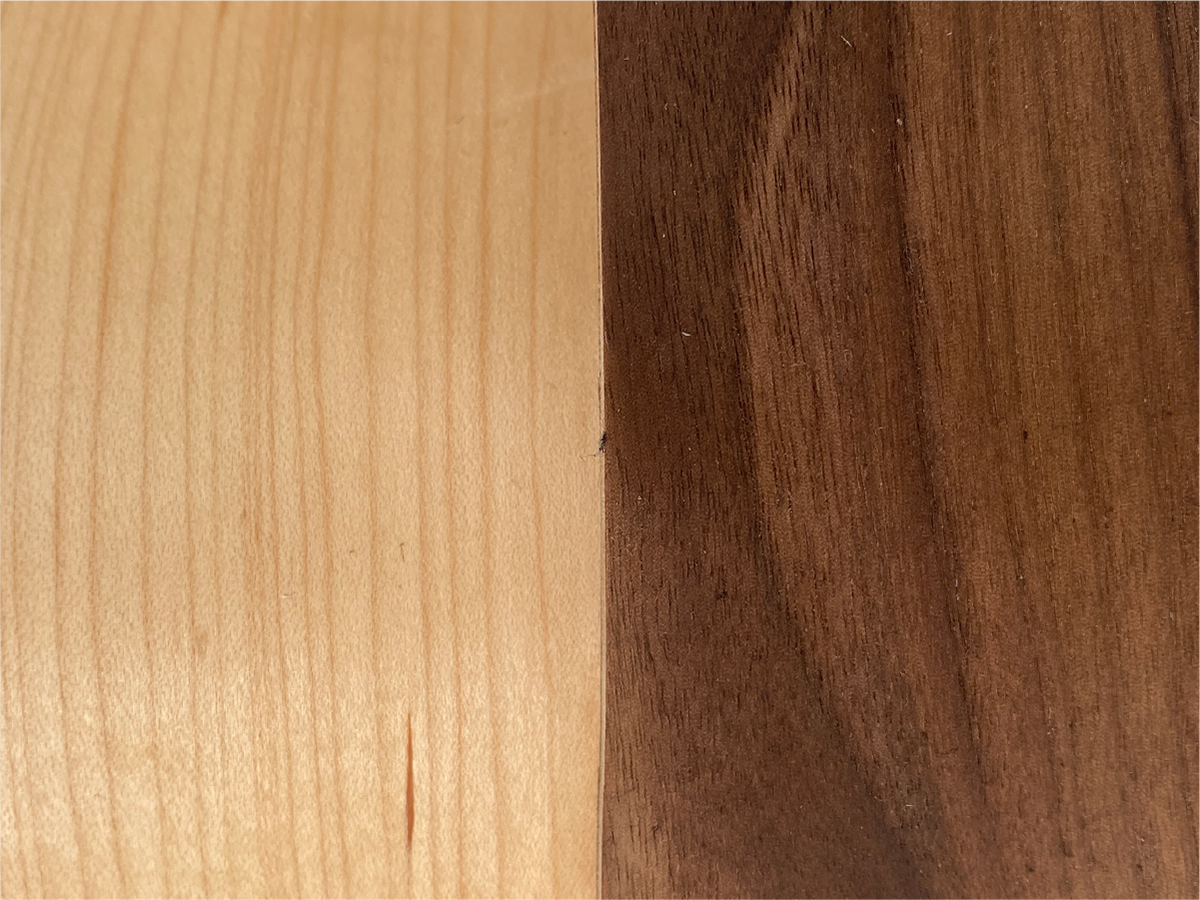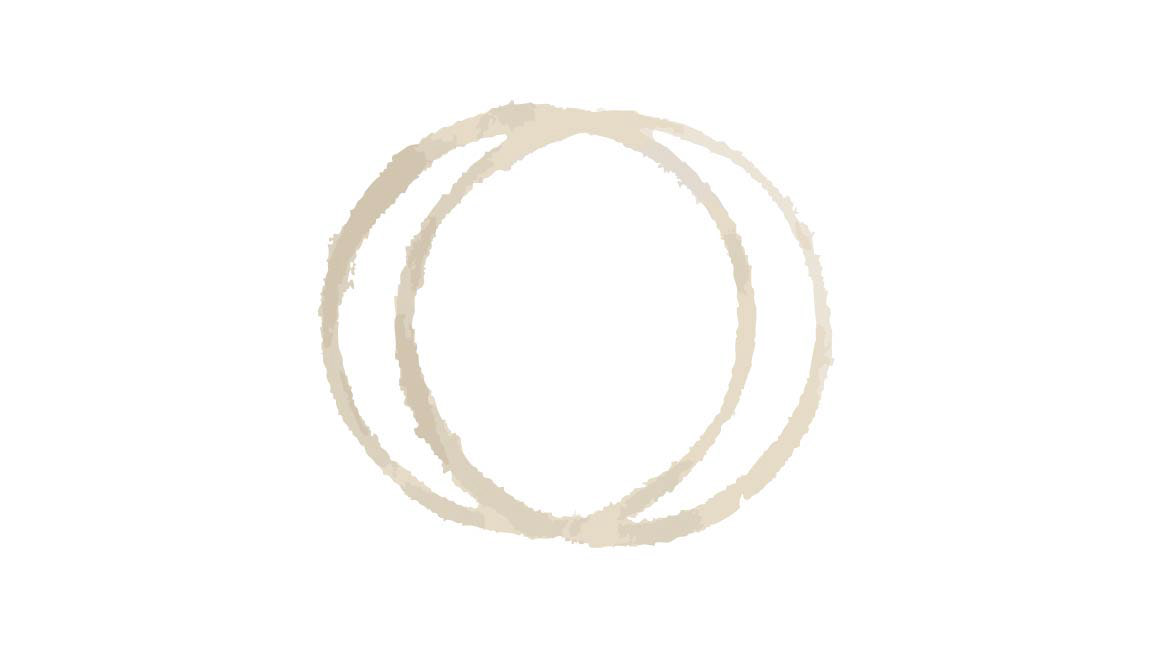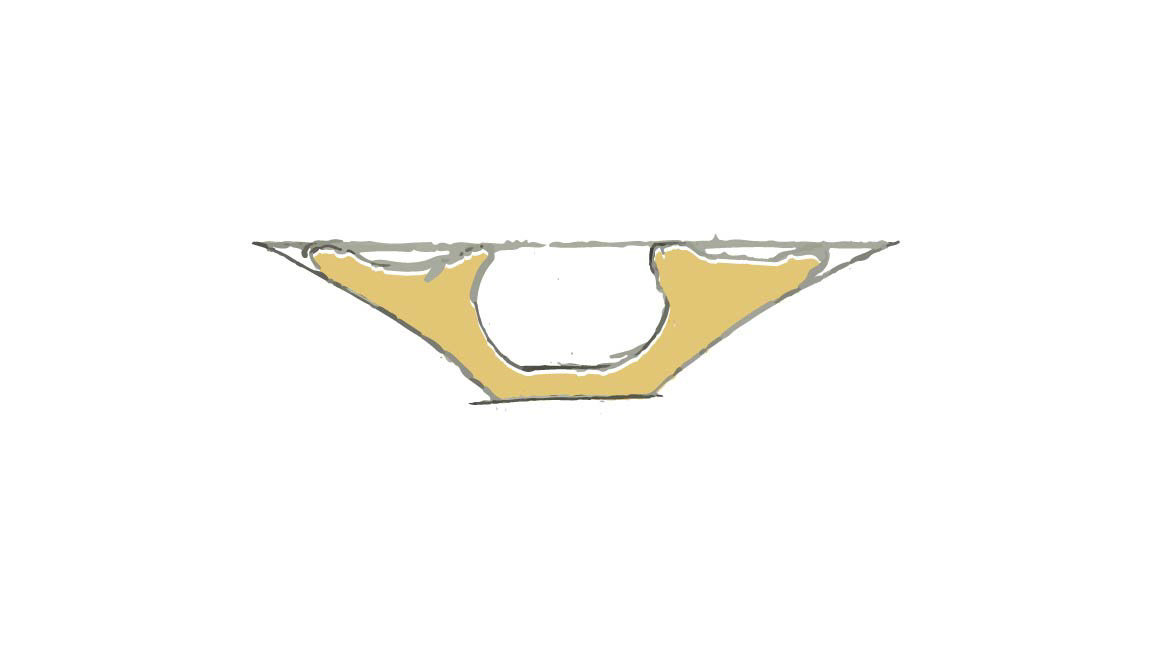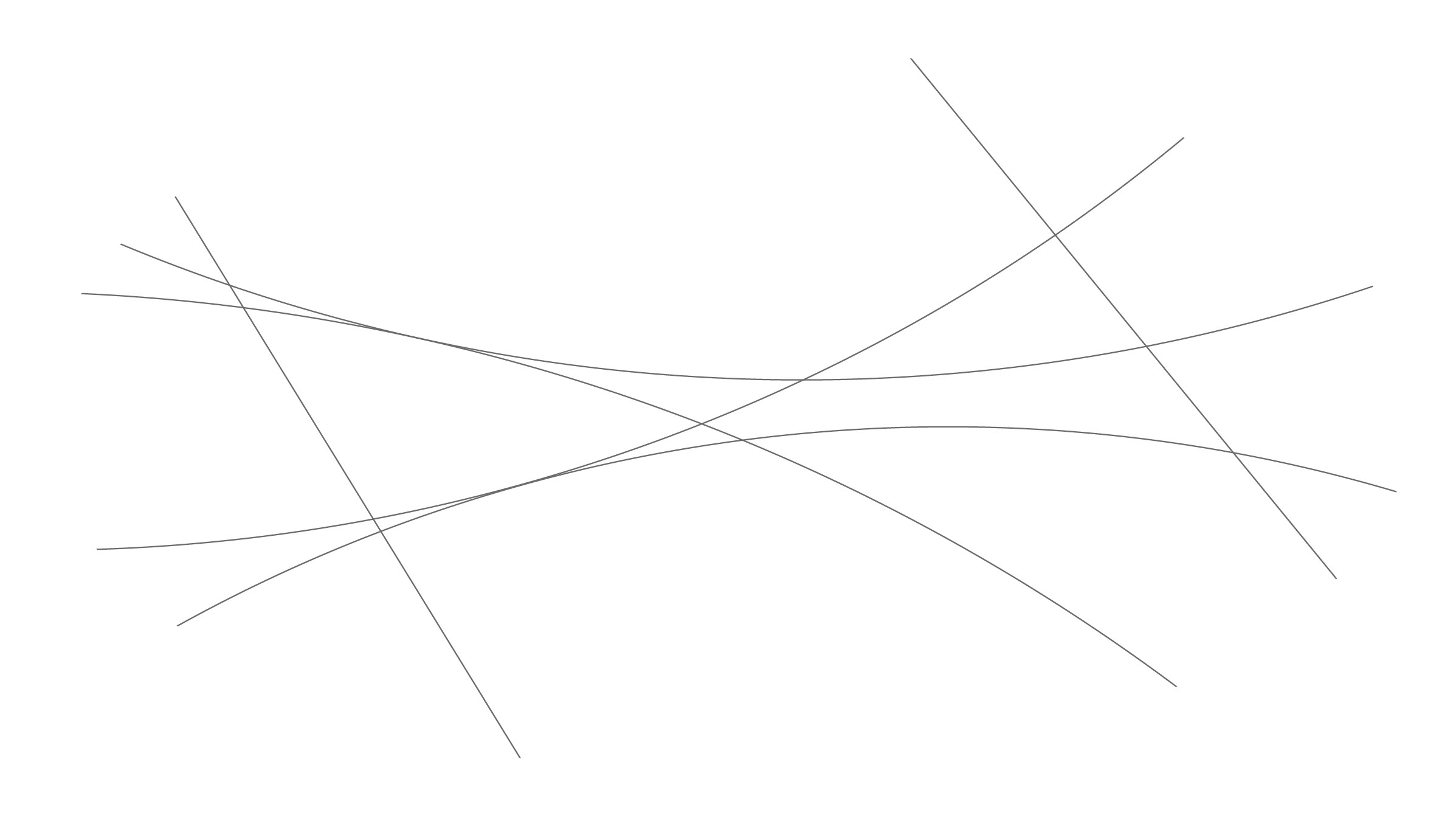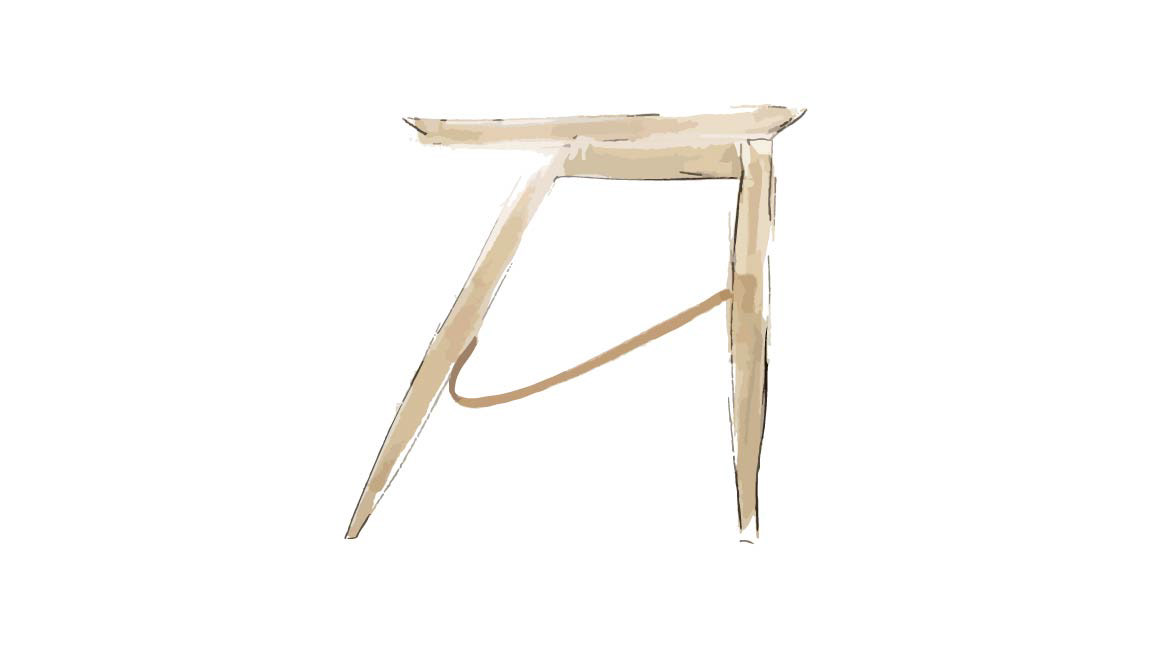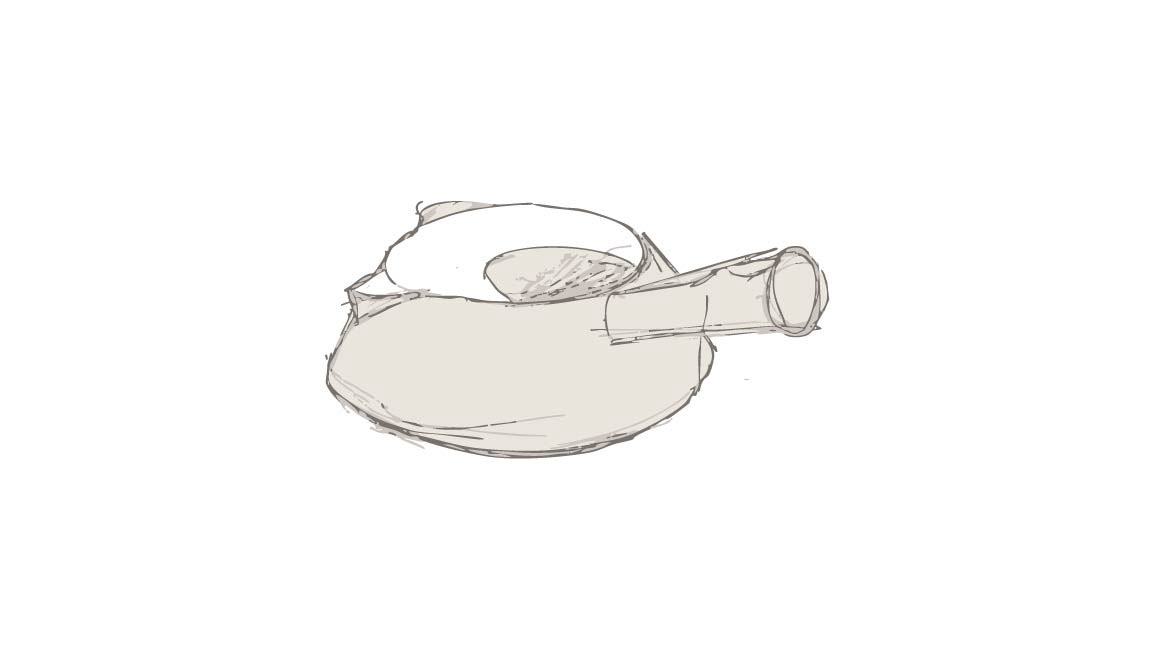Seating is a surface.
Seating is an action.
Seating is an occasion.
Is anything not for sitting?
Let's make an engaging and artistic approach to seating that transcends just “four legs.”
From two-dimensional Sharpie sketches, to three-dimensional models of scrap wood, gel filters, and hot glue, this project was highly experimental and exploratory, with a focus on play.


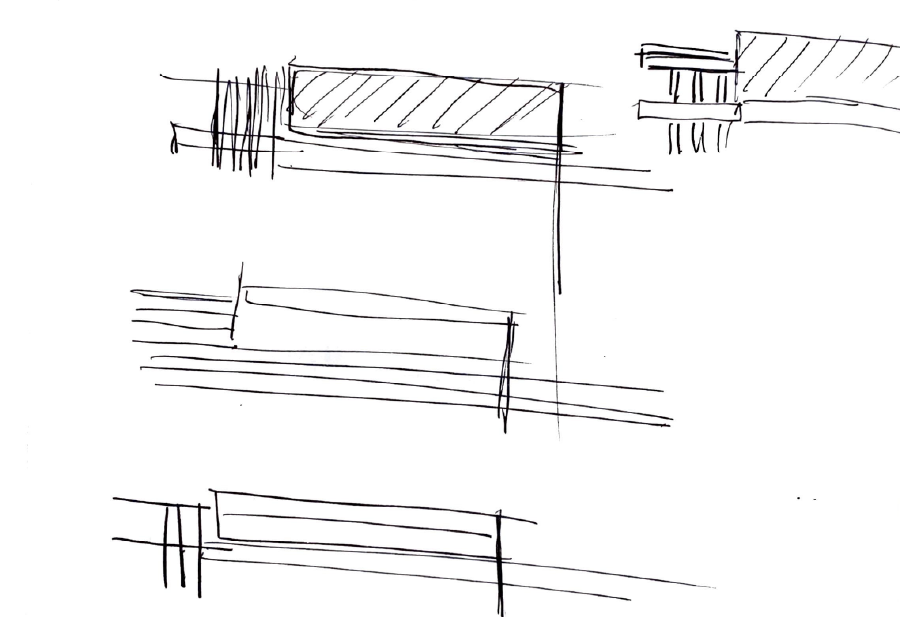












Grassy Hill I

Grassy Hill II

Grassy Hill III

Foam "Prototype"
These were the offcuts of the shoddy prototype. They suddenly became very interesting.
Rather than having a monolithic mass to act as a multi-use seating surface, the form was re-interpreted as two sweeping branches that have happened to fall together, which would serve the same purpose. This version was named "Embrace."



Embrace Version II: Two sweeping, curved pieces of wood that furl into each other. Designed as a transitional piece located between an entrance and a living area. Contrasting wood tones and tangent intersections create visual and physical tension between the boards.
However, this arcuate form is not suited for its purpose. Only one opportunity exists to sit (in green), while another would be quite uncomfortable (in red). Ergonomics had not been considered.
This sinuous form now can accommodate much more action and purpose, acting as a multi-functional bench and lounge for young couples.



Ergonomic Measurements from "The Measure of Man"

The Final Set of Curves

MDF was glued together to create a die for the vacuum bag.

The vacuum bag was used to form chipboard into laminate pieces.

1/4" of Chipboard Laminate

Maple veneer was applied with contact cement.
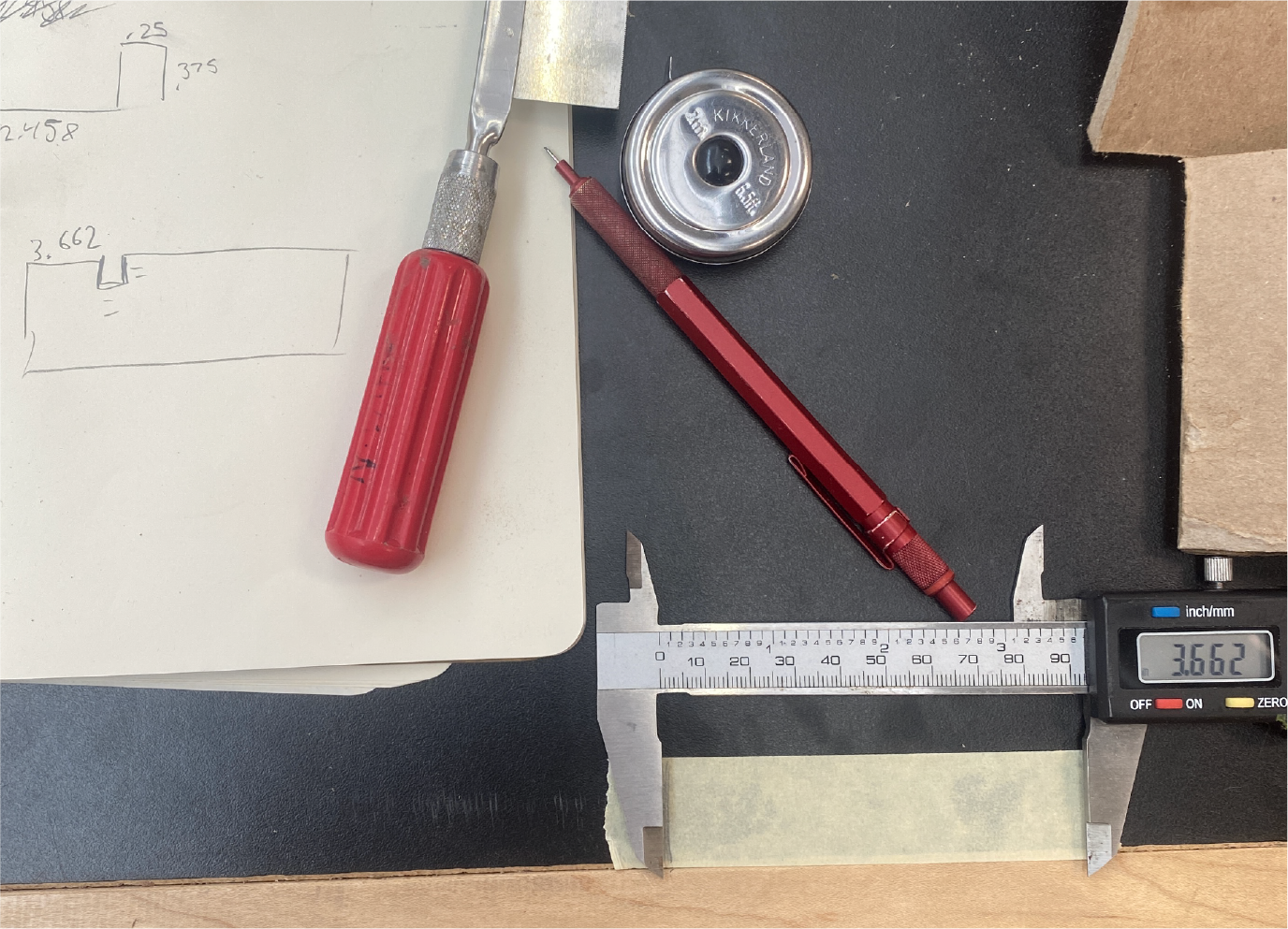
Measurements were taken from the quarter scale CAD model to ensure the pieces intersected at the correct spot.
Having fallen together, like two branches from separate trees, Sinu embodies tenseness of sinew and the grace of sinuous curves.

